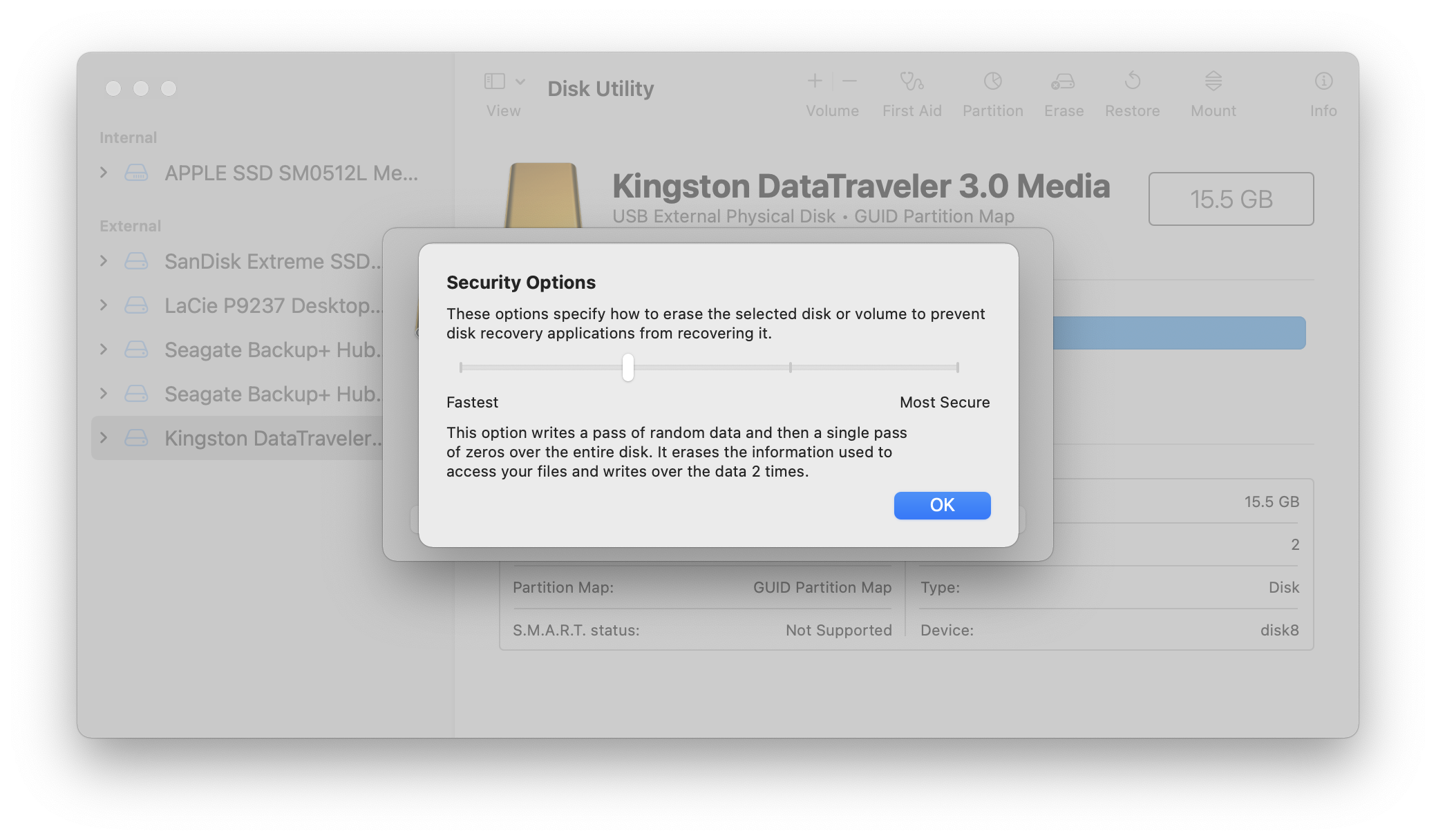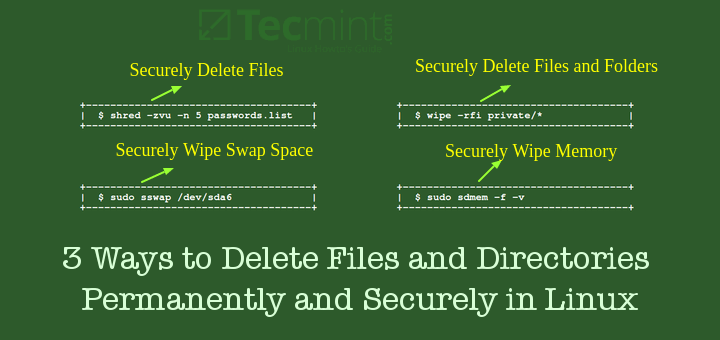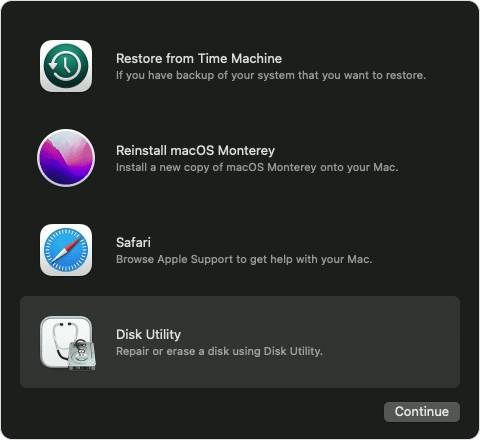

Similarly, you may ask, how do I create a sticky MAC address? They are learned dynamically from the devices connected to the switchport, are put into the address table AND are entered into the running configuration as a static secure MAC address (sometimes referred to as a static sticky MAC address). Likewise, what is sticky address learning? Sticky – Sticky secure MAC addresses are a hybrid. Allowing the port to continuously learn MAC addresses is a security risk. Sticky MAC is a port security feature that dynamically learns MAC addresses on an interface and retains the MAC information in case the Mobility Access Switch reboots. Similarly one may ask, what is a sticky MAC address? Run this command to enable the switch port:
#Secure delete on mac free#
Every write gets reallocated storage elsewhere on the SSD retrieved from the free list, while the old storage gets queued for erasure and to be re-added onto the free list. SSD storage is virtualized, for wear leveling. You can’t overwrite free space on an SSD, as that’s already happened secondary to remapping and the TRIM request that was implicit when the old storage was released. Not into the same storage sector as the data was last written into. Overwriting does not do what you want on SSD, save as a (bad) way to send a TRIM at the storage, and to further wear the storage.Įvery write on SSD goes to a different hunk of storage. TRIM is the low-level command that does what you want, and you will need VMware to issue some sort of TRIM request to release the storage. If you’re even asking about free space erasure, your data storage is likely not encrypted, and you’ll want to fix that now.Īpplying old lessons and old remediations against new situations and different platforms doesn’t always end well. The Secure Erase operation is the analog to a pattern overwrite in a hard disk.īut whole-volume encryption is the preferred approach, and for various reasons.
#Secure delete on mac password#
Storage encryption combined with a secure password protects all of your data, including against any data that might remain on a failing or failed or replaced storage device including any remaining data in a hard disk free space. Modern HDDs, and particularly SSDs, work very differently here.Įncrypt your storage.

The multiple-pattern-overwrite stuff dates back to floppy disks and to 1980s-era hard disk drives, which all had really sloppy head positioning. (HDDs have an earlier form of this, which makes overwriting problematic.)

You can’t write to the same physical sector on an SSD, as sectors are remapped on each deletion, and each rewrite. SSD sectors cannot be overwritten, due to wear leveling. This is what TRIM expedites, and macOS supports TRIM. SSD sectors are erased very shortly after the files are deleted, and must be erased before the storage is re-used, and SSDs work hard to make that erasure happen quickly.

Are you on an SSD? If so, the basic device I/O operations are wildly different from those of a hard disk drive (HDD), and the traditional assumptions based around how hard disk drive erasures work are utterly inapplicable to SSD storage.


 0 kommentar(er)
0 kommentar(er)
